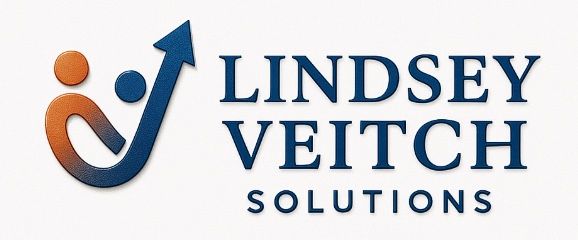How to Enhance Client Onboarding with Technology: A Step-by-Step Guide
Understanding the Importance of Client Onboarding
Client onboarding is a critical phase that sets the tone for the entire client relationship. An effective onboarding process can lead to increased client satisfaction and retention, while a poorly managed one can result in lost opportunities. Leveraging technology can significantly enhance this process, ensuring a seamless and efficient experience for both clients and businesses.

Step 1: Automate Initial Communication
The first step in enhancing client onboarding with technology is to automate initial communications. This includes sending welcome emails and introducing clients to your services. Automation tools allow you to schedule and personalize these communications, ensuring that each client receives timely and relevant information.
Using Customer Relationship Management (CRM) software can help manage these interactions systematically. CRMs enable businesses to track communication history, making it easier to tailor future interactions based on past engagements.
Step 2: Implement an Online Portal
An online client portal serves as a centralized hub where clients can access necessary documents, project timelines, and other relevant information. This self-service approach empowers clients by giving them access to resources they need without waiting for a response from your team.
Additionally, portals can be customized to reflect your brand's identity, providing a consistent experience across all touchpoints. When clients have easy access to information, it reduces their need for support, allowing your team to focus on more complex issues.

Step 3: Utilize Digital Signatures
Gone are the days of printing, signing, and scanning documents. Digital signature technology has streamlined the process of signing contracts and agreements. By integrating digital signature solutions into your onboarding process, you can significantly reduce turnaround times and enhance client convenience.
These tools are not only secure but also legally binding, ensuring that your documents maintain their integrity while being easy for clients to use.
Step 4: Provide Interactive Training Materials
Educating clients about your products or services is essential for successful onboarding. Instead of traditional manuals or guides, consider using interactive training materials such as video tutorials, webinars, or online courses. These formats are more engaging and allow clients to learn at their own pace.
Utilizing Learning Management Systems (LMS) can help organize and deliver these materials effectively, ensuring that clients receive comprehensive training that enhances their understanding and use of your offerings.

Step 5: Gather Feedback Through Surveys
Feedback is crucial for refining the onboarding process. Implementing digital surveys allows you to collect client opinions on their experience. This data can provide insights into areas for improvement and highlight what is working well.
Survey tools enable you to create customized questionnaires that can be automatically sent at key points in the onboarding journey. Analyzing this feedback helps in making informed decisions to further enhance the client experience.
Step 6: Monitor Progress with Analytics
Integrating analytics into your onboarding process provides valuable data on client engagement and progress. By tracking metrics such as login frequency or content interaction, businesses can identify potential bottlenecks or areas where clients may need additional support.
These insights allow businesses to proactively address issues, tailoring support efforts to ensure a smooth onboarding experience for every client.

In conclusion, enhancing client onboarding with technology not only streamlines processes but also improves client satisfaction and retention. By automating communications, providing online resources, utilizing digital tools, and leveraging feedback and analytics, businesses can create a more efficient and personalized onboarding experience that sets the foundation for long-term success.
